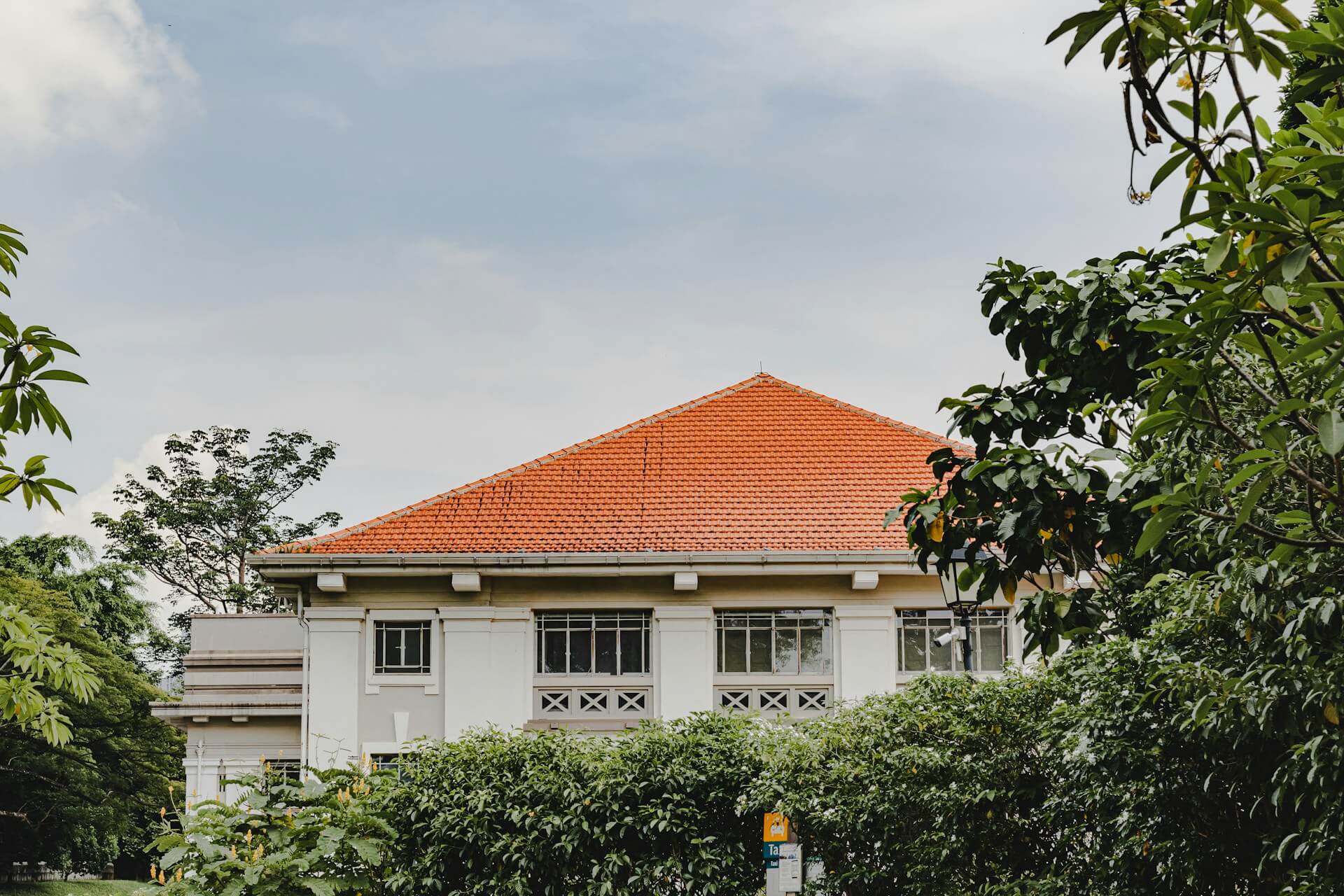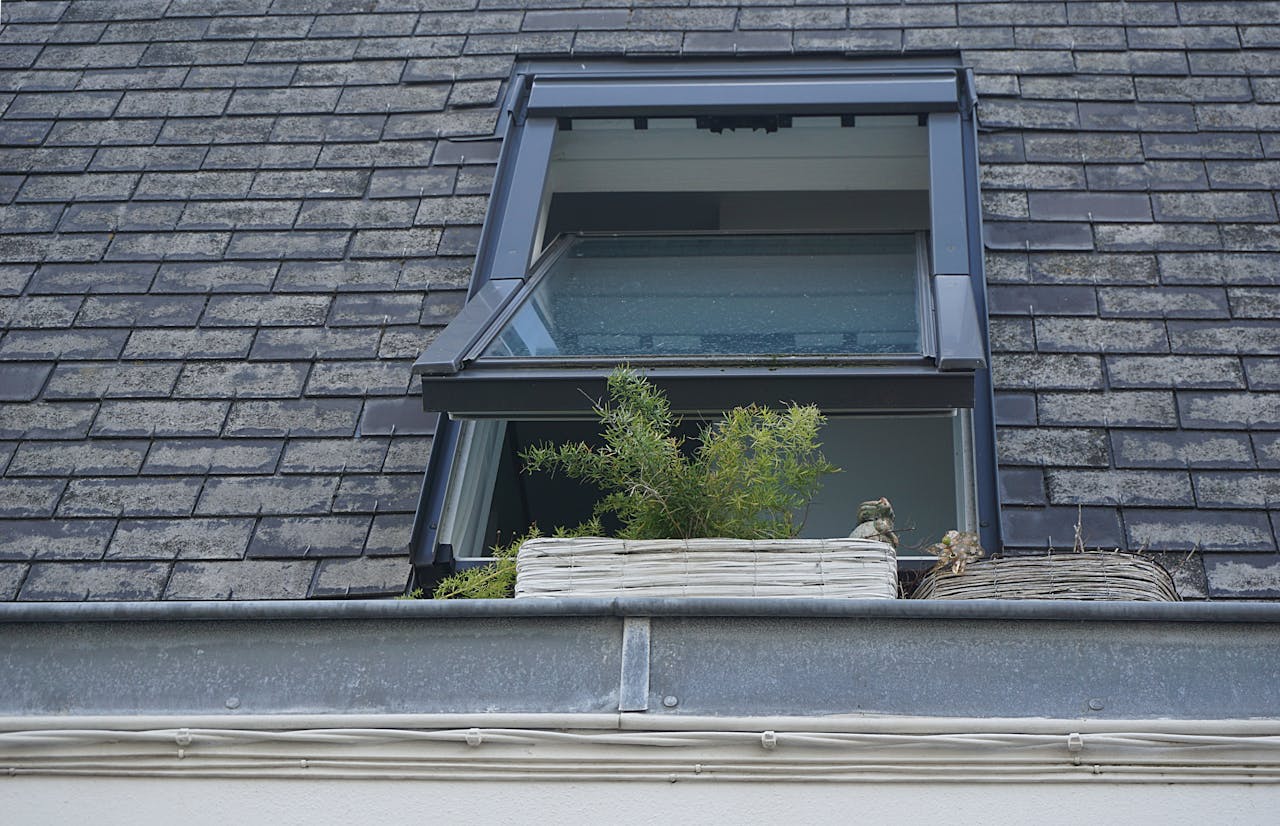6 Key Roofing Tips Every Homeowner Needs to Follow
When it comes to maintaining the integrity of your home, the roof often takes center stage yet is frequently overlooked. It serves as the first line of defense against the elements, providing shelter and security for you and your family. However, an unkempt or damaged roof can lead to costly repairs and safety hazards. In this guide, we will explore six key roofing tips that every homeowner should follow to ensure their roof remains in optimal condition. By implementing these best practices, you can extend the lifespan of your roof, enhance your home's energy efficiency, and ultimately save money on long-term maintenance. Whether you're a new homeowner or a seasoned pro, these tips will help you protect your investment and maintain peace of mind.

1. Regular Inspections Matter
Regular inspections of your roof can catch potential issues before they escalate into costly repairs. Homeowners should aim to inspect their roofs at least twice a year, ideally in the spring and fall. Look for signs of wear and tear, such as cracked or missing shingles, and check for any debris that could impede drainage. Early detection of leaks can prevent water damage to your home's interior, significantly reducing repair costs.
It's wise to have a professional inspection conducted every few years, especially after severe weather events. Professional roofers have the expertise and tools needed to spot issues that might go unnoticed by the untrained eye. Elevating your maintenance routine to include these regular checks contributes to the longevity and health of your roof, ensuring it serves you well for years to come. Whether you need residential roofing in Naperville or any other location, a professional inspection can help identify potential problems and provide peace of mind. It's always better to be proactive than reactive when it comes to roofing maintenance.
2. Keep Gutters Clean
Clean gutters play a crucial role in safeguarding your roof and home from water damage. Clogged gutters can lead to a backup of water, which may cause it to overflow and seep under the roofing material. This can lead to rot, mold, and even structural damage over time. Homeowners should make it a habit to clean their gutters at least twice a year, especially before and after the heavy rain season.
Consider installing gutter guards to help minimize debris accumulation. These devices can significantly reduce the frequency of gutter cleaning while maintaining adequate drainage. A well-maintained gutter system facilitates proper water flow, protecting both your roof and the foundation of your home.
3. Trim Overhanging Branches
Trees and foliage can be both a beautiful addition to your property and a potential threat to your roof. Overhanging branches can scratch or even puncture shingles, especially during storms. It's advisable to trim back any branches that are close to your roof to mitigate this risk. Regularly maintaining your trees not only protects your roof but also enhances the overall appearance of your home.
Keeping branches away from your roof reduces the likelihood of debris accumulation, such as leaves and twigs, which can clog gutters and trap moisture. This preventive measure helps to maintain the integrity and lifespan of your roof, leading to fewer headaches down the road.
4. Ensure Proper Ventilation
Proper ventilation in your attic is essential for maintaining a healthy roof. Adequate airflow prevents moisture buildup, which can lead to mold, mildew, and damage to roofing materials. When warm air from your home rises into the attic, it must be allowed to escape. Install vents or ensure that existing ones are not obstructed to promote efficient air circulation.
Good ventilation can help regulate the temperature within your home, leading to improved energy efficiency. This translates to lower heating and cooling costs, benefiting your wallet in the long run. Incorporating ventilation into your roofing maintenance routine is an effective way to enhance your roof's performance and lifespan.
5. Choose Quality Materials
When it comes time to repair or replace your roof, selecting high-quality materials is paramount. While it may be tempting to go for the cheapest options available, investing in durable materials can pay off in the long run. Quality roofing materials can withstand harsh weather conditions, resist fading, and last significantly longer than their lower-quality counterparts.
Ensure that you engage with reputable contractors who are knowledgeable about the materials they recommend. A good roofing professional can guide you in making choices that align with your home's architecture, climate, and budget, ensuring that you get the best value for your investment.
6. Be Prepared for Severe Weather
Understanding how to protect your roof during severe weather is critical for every homeowner. Strong winds, hail, and heavy precipitation can wreak havoc on an unprepared roof. Before a storm, conduct a thorough inspection to confirm that everything is secure and that there are no vulnerable areas. Reinforcing shingles and sealing any gaps can help minimize damage.
After a storm, it's imperative to check for any visible damages promptly. Look for missing shingles, leaks, or debris that may have accumulated on your roof. Addressing these issues quickly can prevent further damage and costly repairs, allowing you to maintain the integrity and safety of your home.

Maintaining a healthy roof requires regular upkeep and preventative measures. By incorporating these six key roofing tips into your maintenance routine, you can ensure that your roof remains in optimal condition for years to come. Remember, investing in the well-being of your roof is an investment in the protection and longevity of your home. Stay vigilant, prioritize maintenance, and enjoy the peace of mind that comes with knowing that your roof is in good hands.